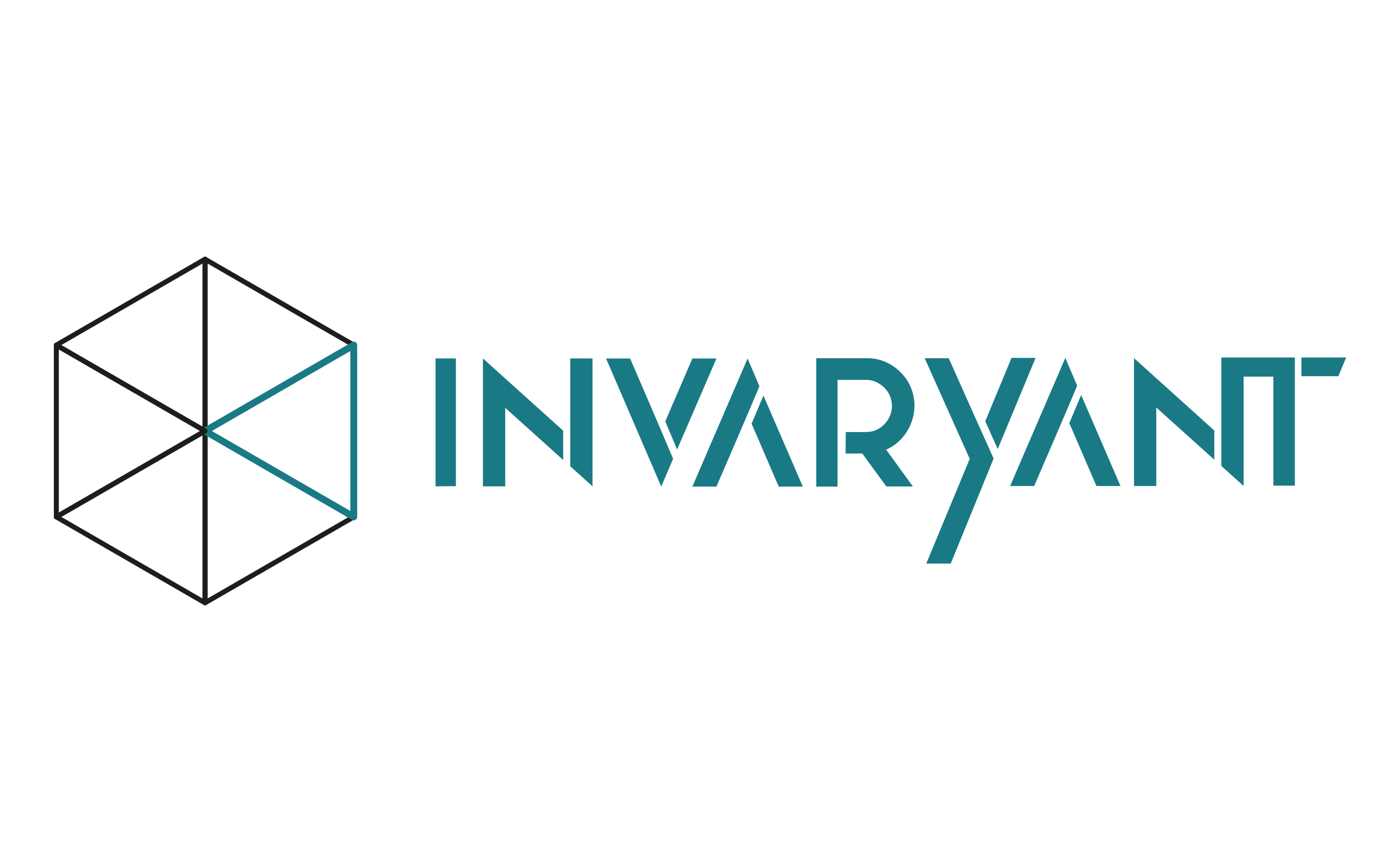 In the mid-20th century, Willie “Slick Willie” Sutton was known for his prowess as a bank robber. When asked why he robbed banks, Sutton simply replied, “because that’s where the money is.”
In the mid-20th century, Willie “Slick Willie” Sutton was known for his prowess as a bank robber. When asked why he robbed banks, Sutton simply replied, “because that’s where the money is.”
In the same vein, if we are to leverage the global shift in the way clinical trials are conducted, it is imperative that, when recruiting, “we go where the patients are.” As clinical trials adapt and decentralized trials (DCTs) become pervasive, thought leaders are discovering that, while there are undeniable benefits to DCTs, they alone do not solve the often-crippling effects on a trial when recruiting fails.
It is widely known that recruiting for clinical trials is difficult. And the recruitment delays experienced in most trials impede much-needed therapies, while also driving costs sky high. We all know that the status quo must end and that, with the advent of DCTs, we must innovate beyond traditional marketing techniques, such as radio and television advertising, which are inexact, unpredictable, ineffective, and in fact, “go where the patients aren’t.”
“Where the patients are” is with their physicians. However, while we innovate, we must ensure that the priorities for each stakeholder, including physicians, are aligned so as to maximize engagement and minimize disruption. If we want physicians to willingly participate in clinical trials, they must be able to participate with little or no effect on their systems or on the front and back offices of their practices. To accomplish this, sponsors must innovate while using providers’ EMRs as a data source, automatically “pulling” encounter information they need into their EDC systems using standards such as CDISC. Standard clinical trial edit checks and data reviews should be automated, errors of omission must be identified, and—to ensure patient safety—providers must be notified of errors so they can correct records in their EMRs.
The benefits speak for themselves
Patients
- Their providers continue to treat and care for them, and they have new therapies at their disposal
- They receive access to care options that would not normally be available to them
- Clinical trials as a care option expands access to care for people who need it
Providers
- They are able to give their patients access to new treatments
- They experience little or no disruption to their practice, while also receiving compensation for their involvement in the study
- They have access to information and treatment options that might be applicable to other patients
Sponsors
- They can access eligible and medically vetted participants where they are being treated
- They can access providers who know the patients and can optimize their care
- Streamlined data capture—with integrated patient diaries, ePROs, remote monitoring, IoMT data, adherence, fulfillment, and safety—streamlines clinical trials overall
- Optimization for adaptive DCT studies lowers costs while enabling faster approvals
- Leveraging combinations of retrospective and prospective data can further speed up approvals
The Salford Lung Study, a pivotal, double-blind study of a therapy for chronic obstructive pulmonary disease developed by GlaxoSmithKline in the UK, proved that this method of patient recruitment and, in extension, this method of clinical trial, is effective and cost-efficient. The study evaluated the efficacy of the therapy in a real-world population of patients being treated by their general practitioners. According to STAT News, the successful study “showed that demonstrating drug effectiveness and safety in a practical clinical setting and in a real-world population provided important high-quality data for clinicians and shorter timelines for studies, thus reducing development costs for new drugs.”
It is time to flip the narrative and give providers the option of participating in a trial without any changes to their daily routine, time to make it less painful for physicians to participate in clinical trials by aligning the interests of all stakeholders, and time to give patients a new option of care through clinical trials.
Appropriately, a corollary used in accounting, the “Willie Sutton rule,” states that more attention should be given to the activities that cost more since that is where the greatest savings can be found. In regard to clinical trials, it is time to rethink participant recruitment because, in terms of cost savings, it is cheaper to go where the “money” is.
